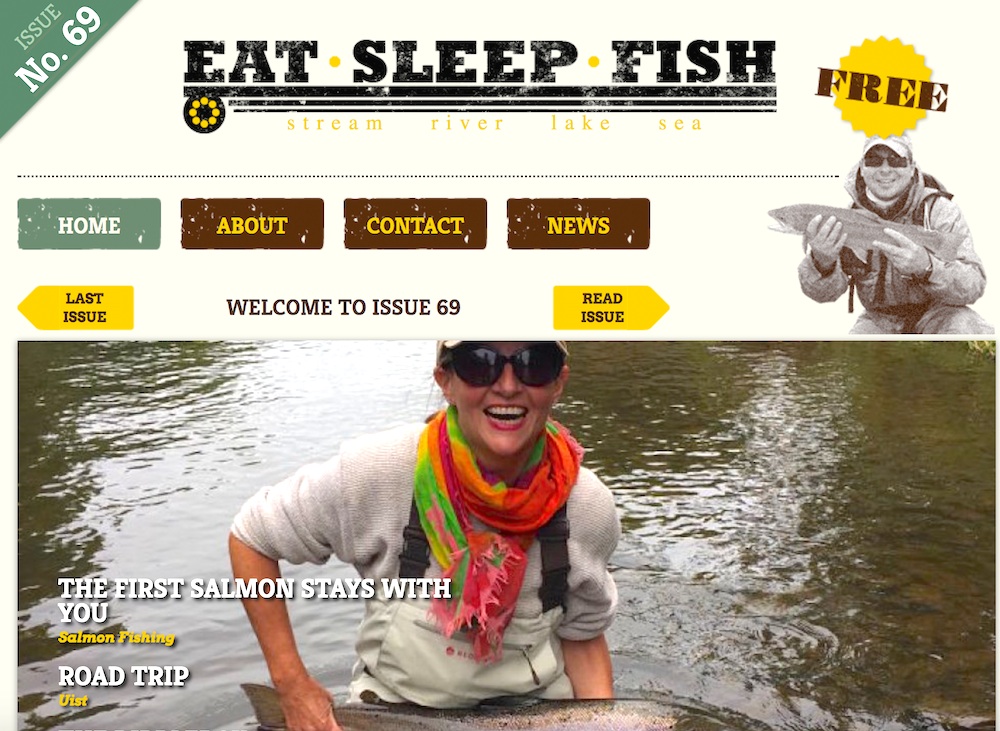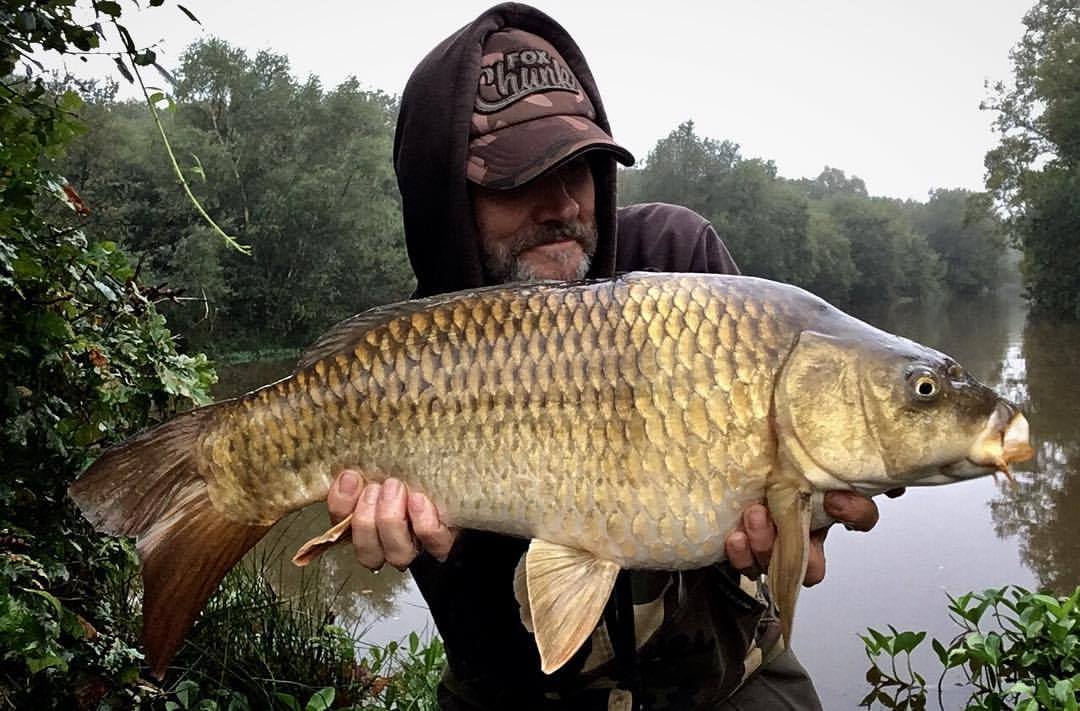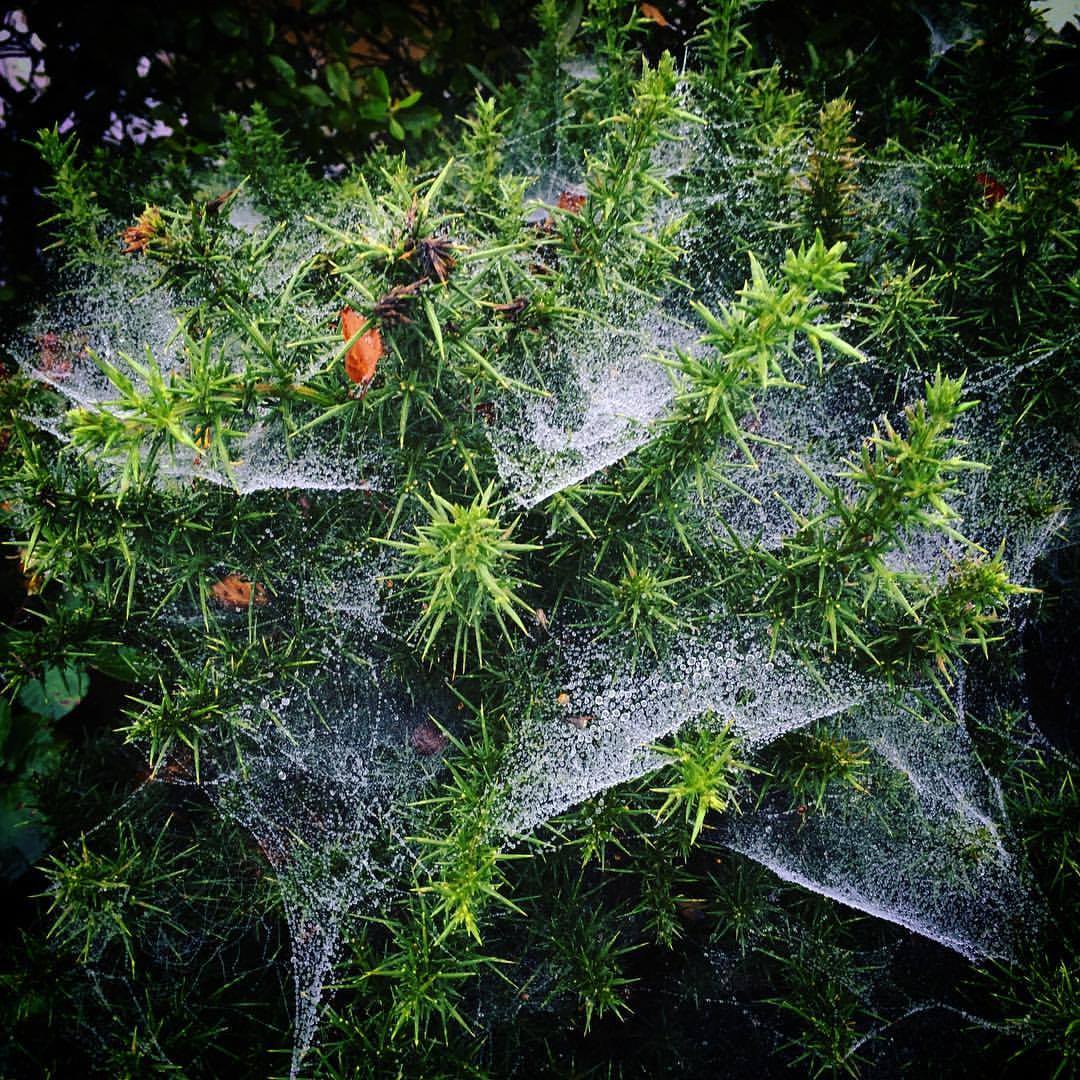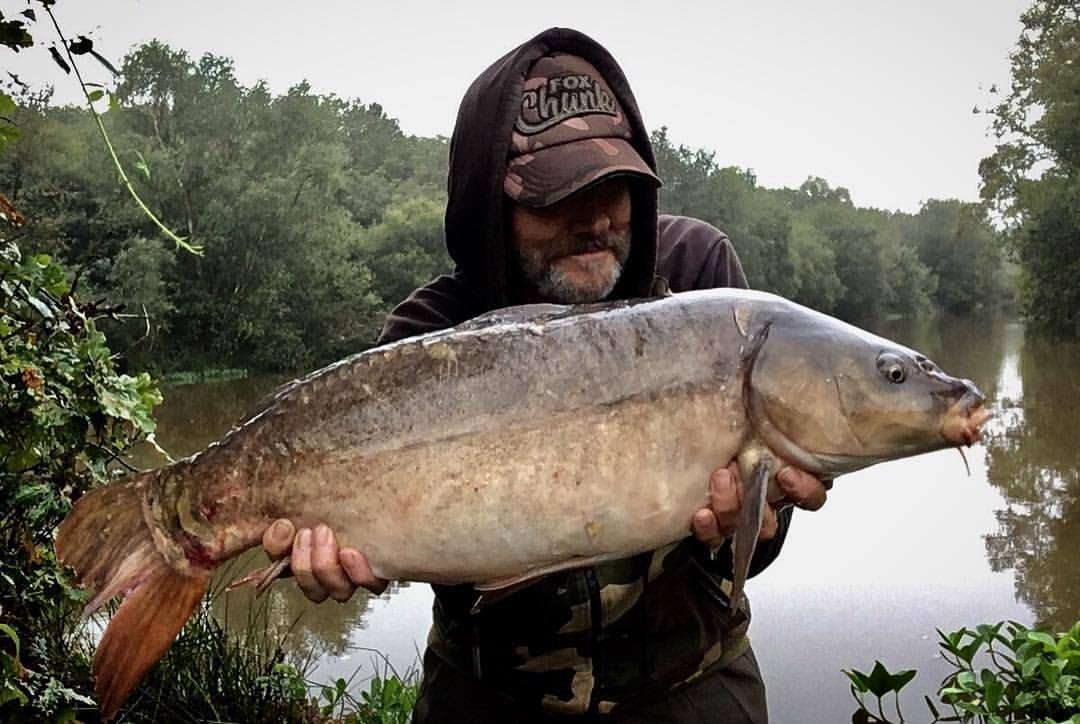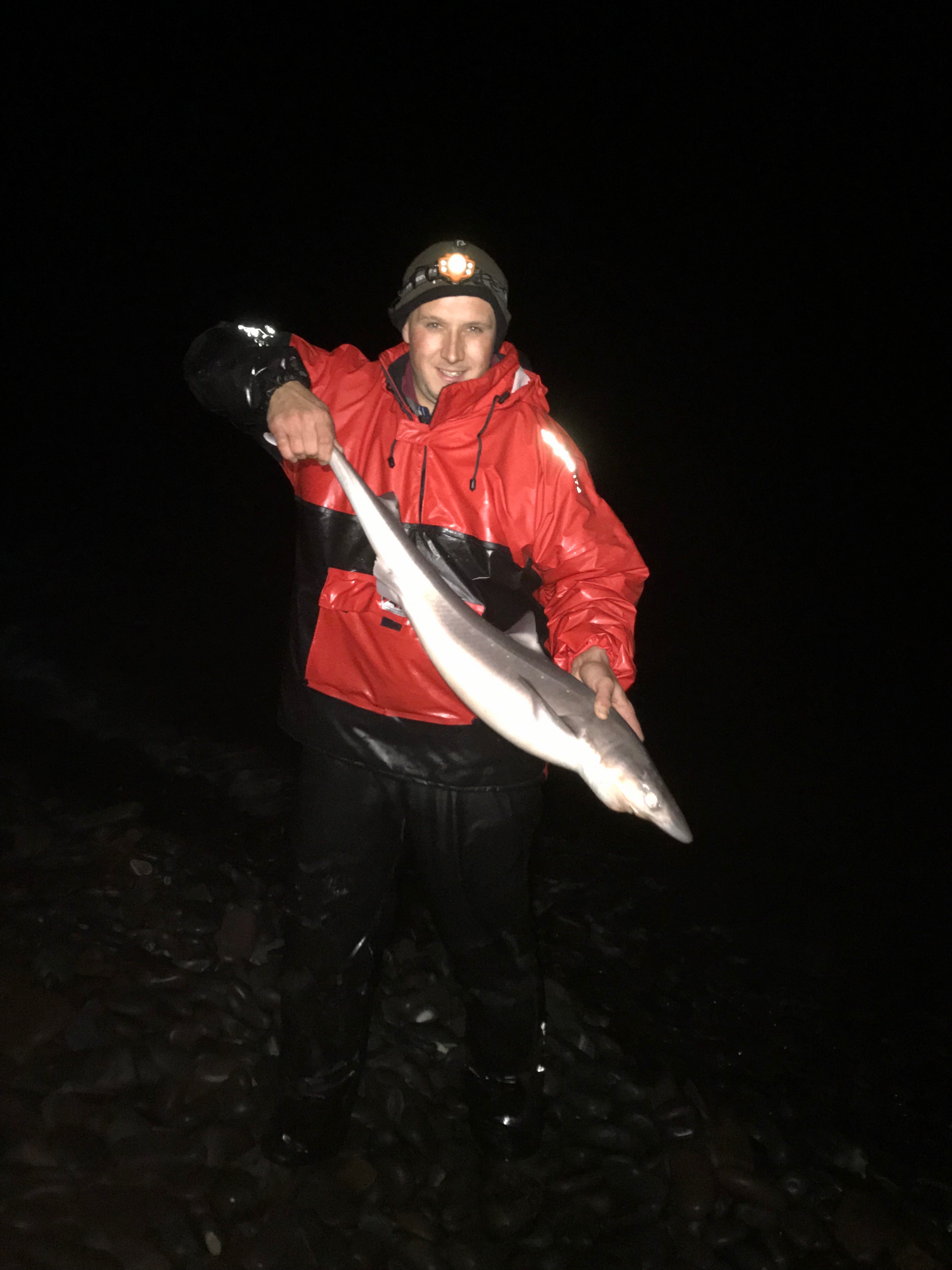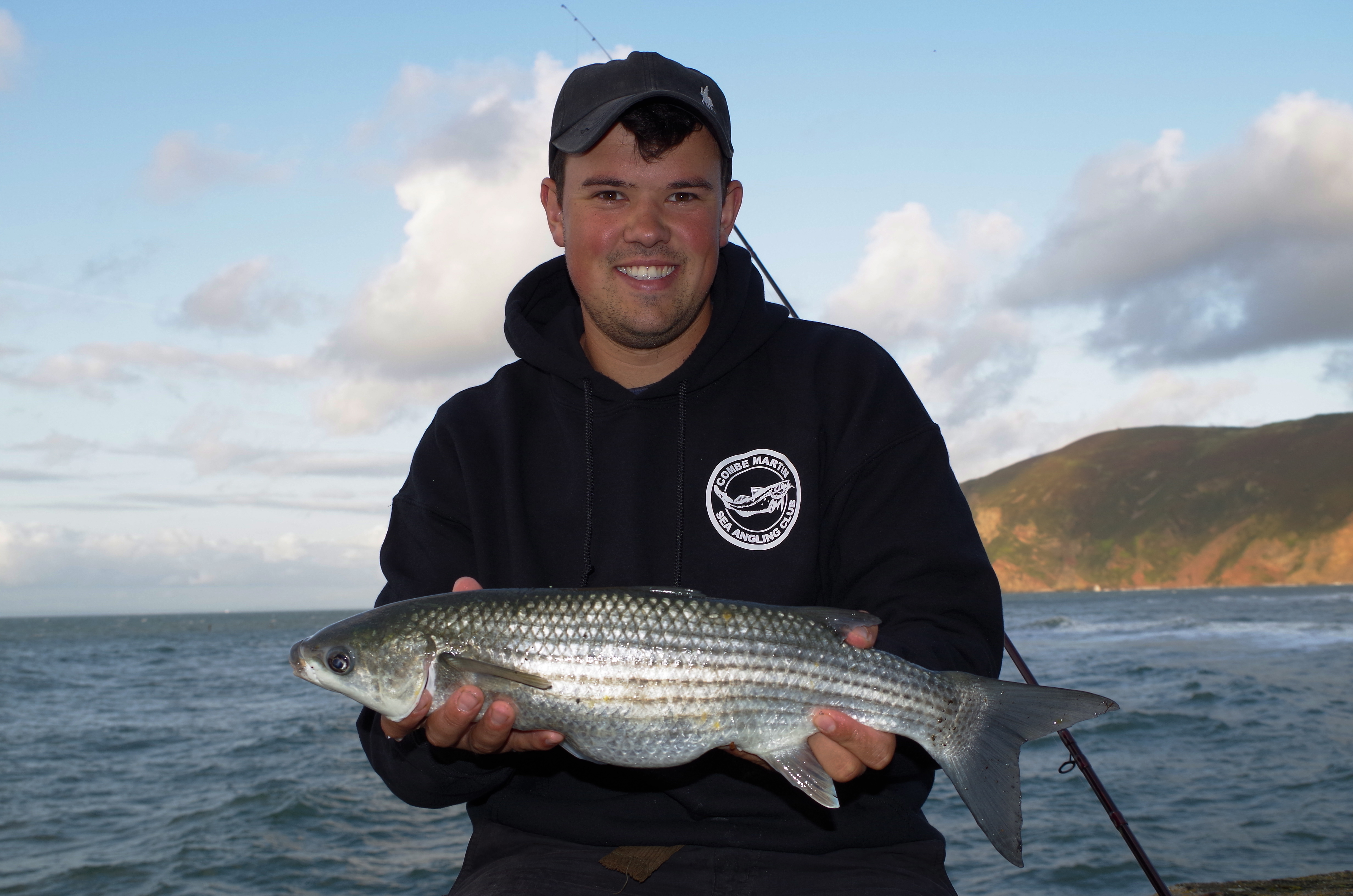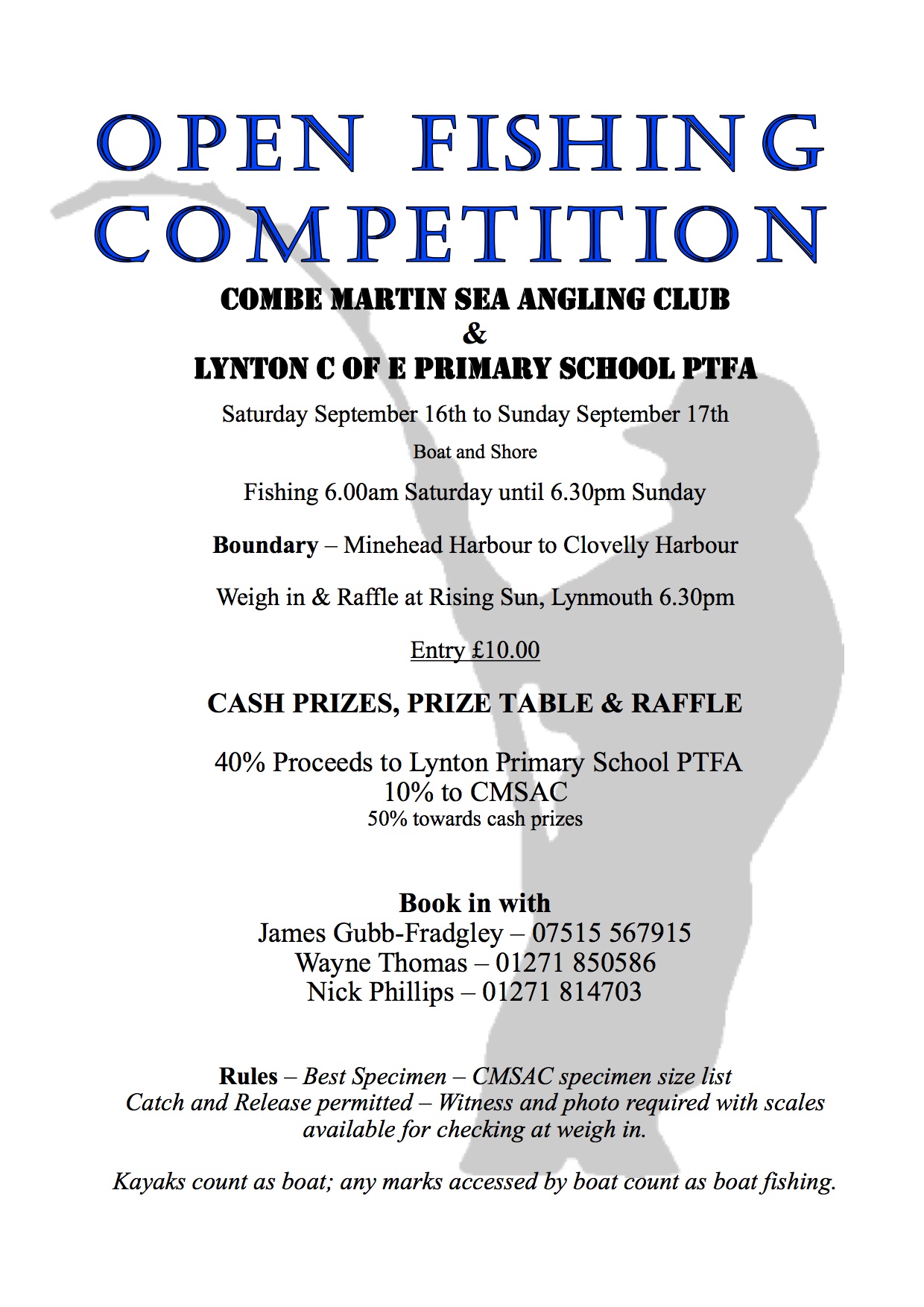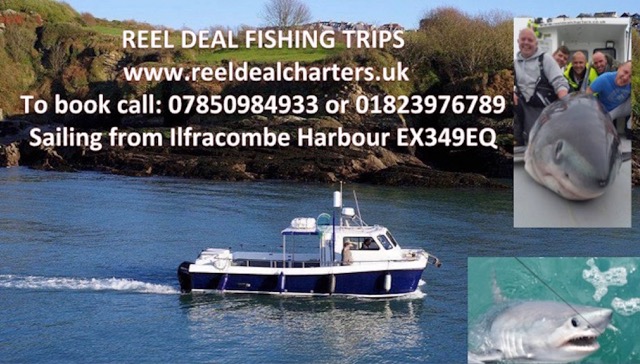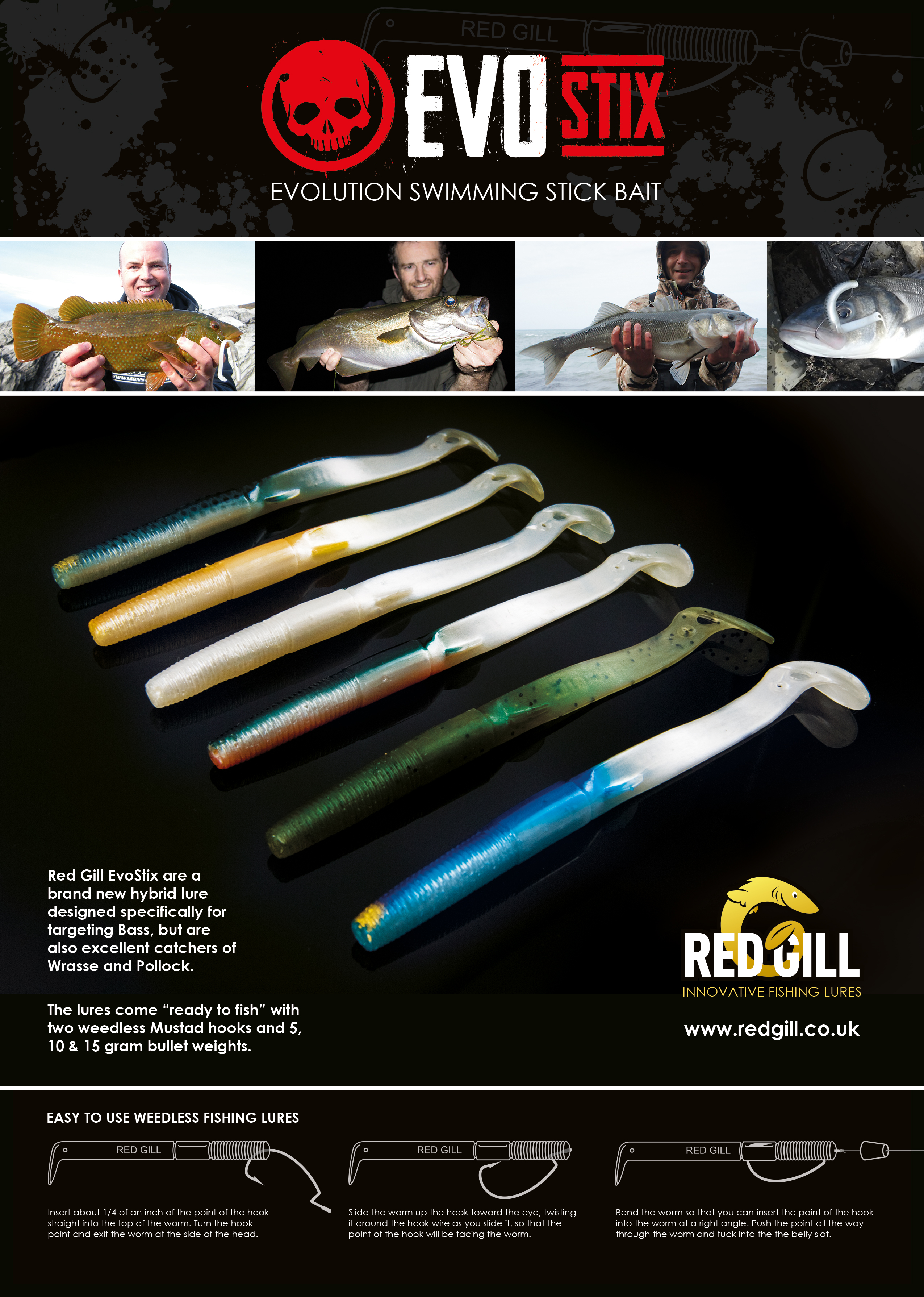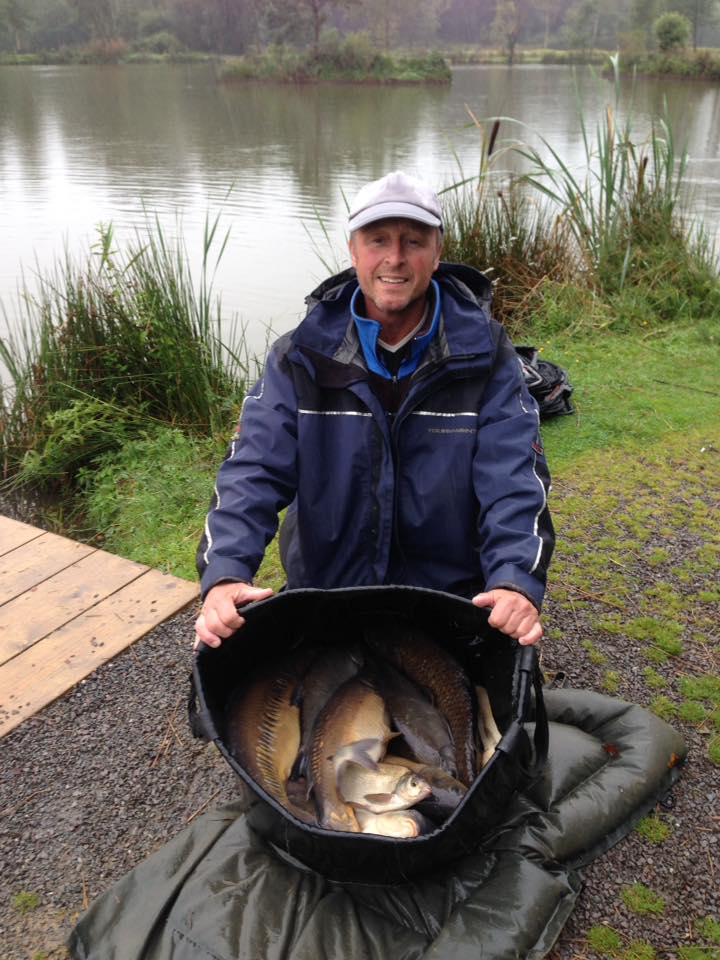Eat Sleep fish is a free online publication that contains some excellent writing predominantly fly-fishing article from all over the world of angling.
More Paradise carp
TWELFTH TWENTY 8 YEARS IN A ROW FROM THE SPECIMEN CARP LAKE
Well Done to David Tretheway for catching his 12th 20lb+ Carp from the Specimen Carp Lake 8 years running, this year in the shape of this 23lb 8oz Common!
David Shared –
“For 8 years running now, I have caught a 20+ from the Specimen Carp Lake, at least 12 different 20’s in total… This year’s 20 was a 23lb 8oz Common, caught on boilie in my usual swim, and I will be back next year for number 13!”
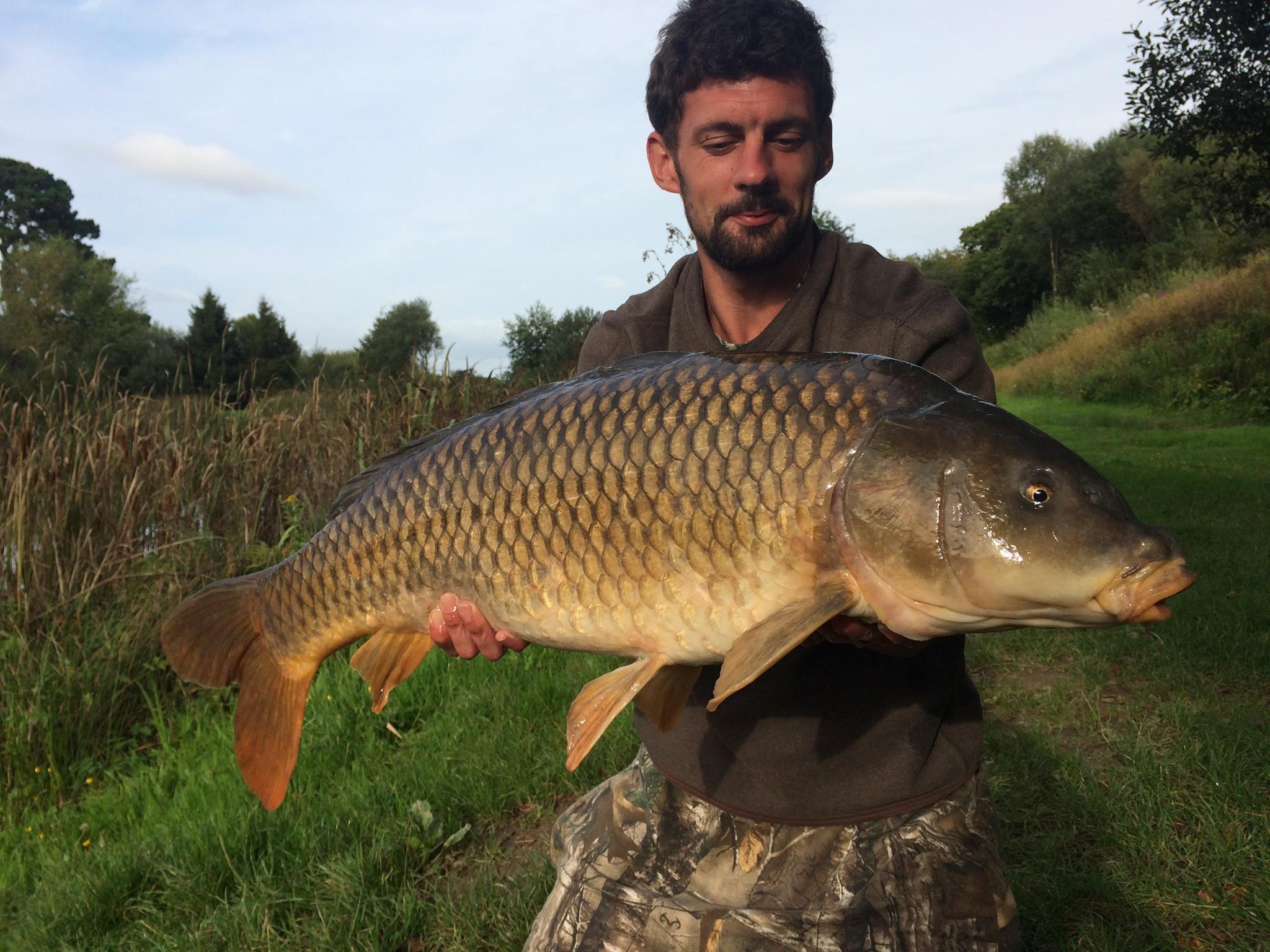

Capturing carp and images
Carp In Paradise
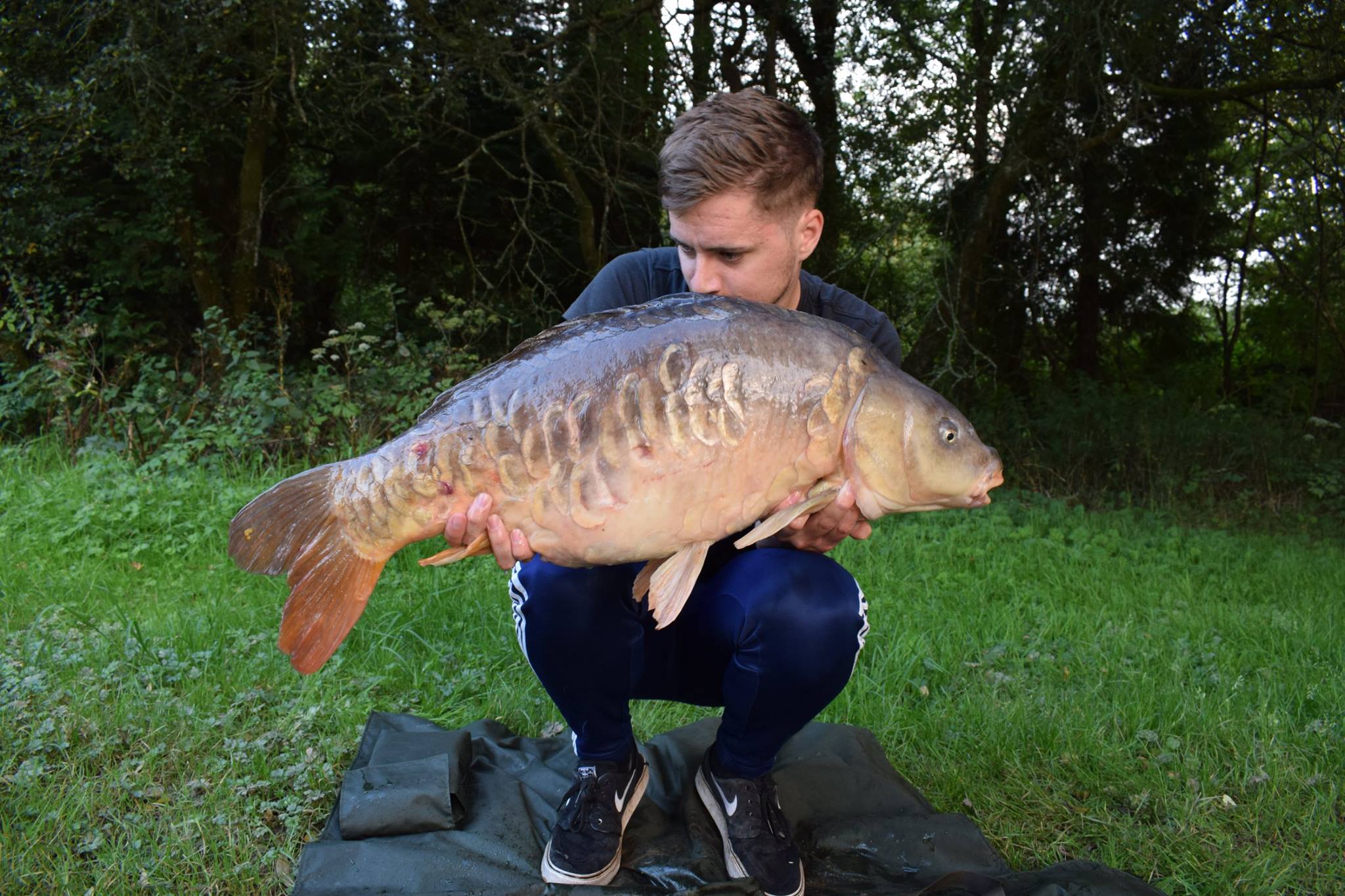
Jack Siddle, 21 from Hull, East Yorkshire caught a Personal Best 29lb Mirror from the Main Carp Lake beating his previous PB of 26lbs!
Jack’s Story –
“Holiday made in the first 10 minutes’ – The first session of the holiday was on the Main Carp Lake as I really wanted to catch one of the huge, original, scaley mirrors that I have seen many pictures of, on instagram. I set up on a swim called ‘snags’ next to the boat house and decided to pre bait during the day across to the lily pads with no lines in the water to gain the fish’s confidence. Come 6pm , I cast my rods out fishing locked up, I couldn’t believe my eyes when after 10minutes my right rod burst into action. After a short but intense battle, I landed one of the fish I was aiming for, one of the large heavily scaled mirrors!
I used Sticky Baits Krill 20mm boilies on a blow back rig consisting of Korda N-Trap semi stiff braid and a Nash Fang twister size 4 barbless hook.
Thanks again to Zyg, Zenia and the team at Anglers Paradise for another amazing week, I will definitely be back but next time in pursuit of one of the huge residents out of Kracking Carp”.
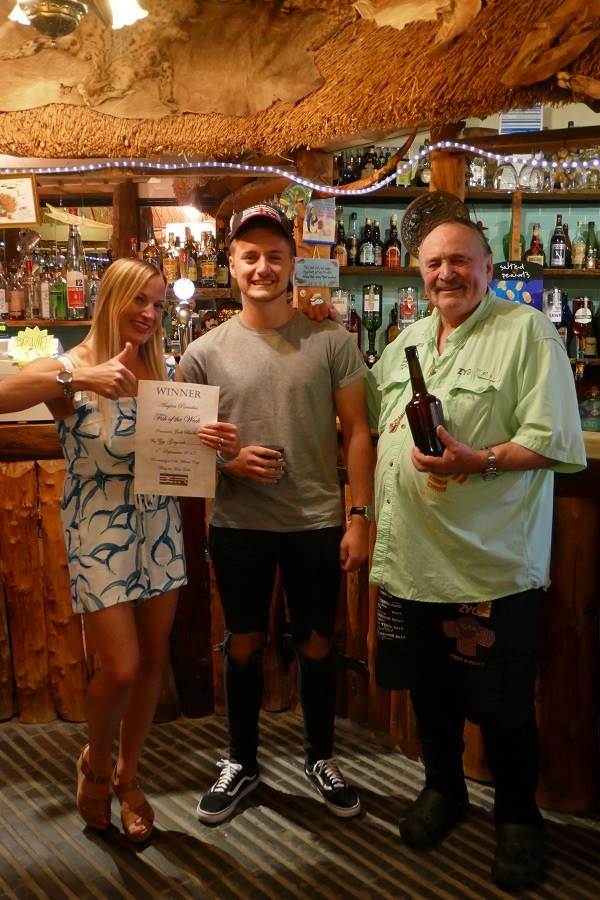

Grey Mullet on the feed
Porbeagle Shark – On Reel Deal
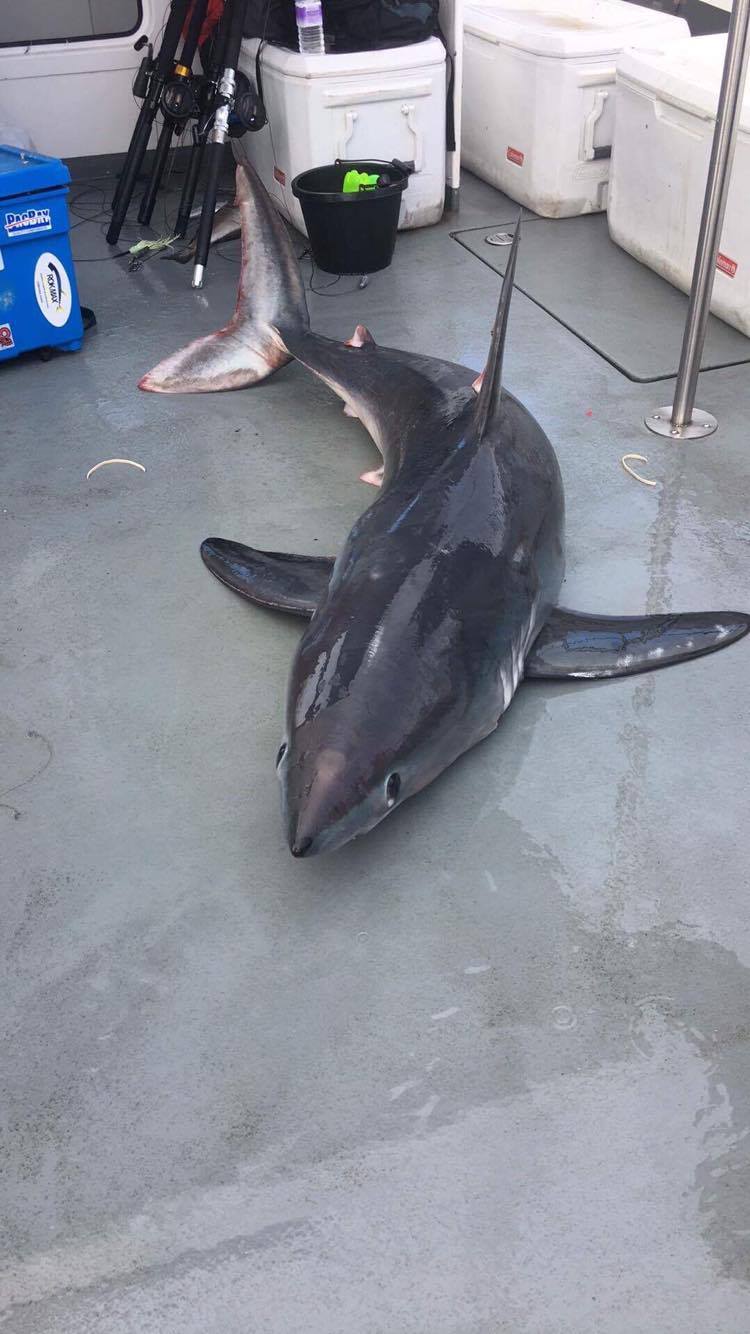
Kevin Hainsworth, Rich Mullans and Rich Drays had an exciting day on Ilfracombe based Charter Boat ‘Reel Deal’ they decided that they were all going to have a go at enticing the porbeagle they hooked to the boat in a team effort. The porbeagle was caught on Veals Mail order terminal tackle and reels on a 10/0 circle hook. The fish measured 70 inches by 38inches girth and weighed 127lb she fell to a blast frozen Ammo mackerel.
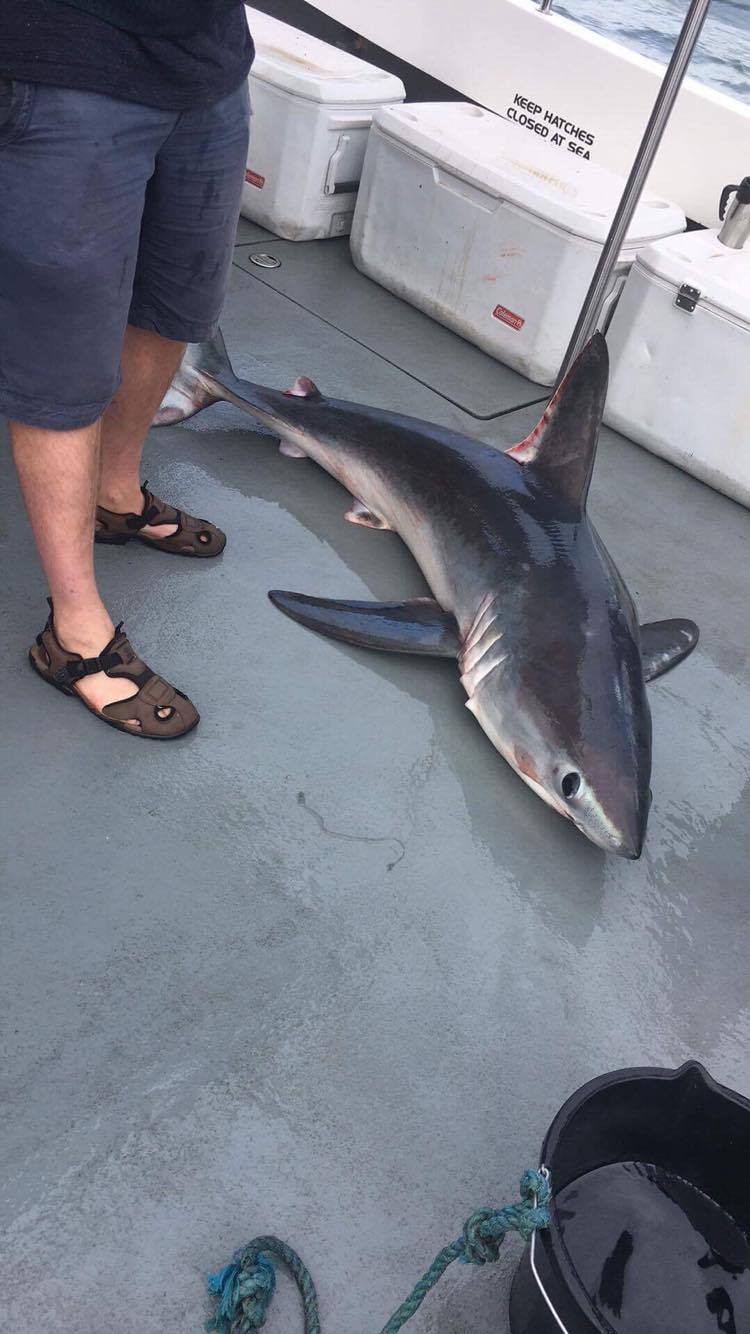
News from the River
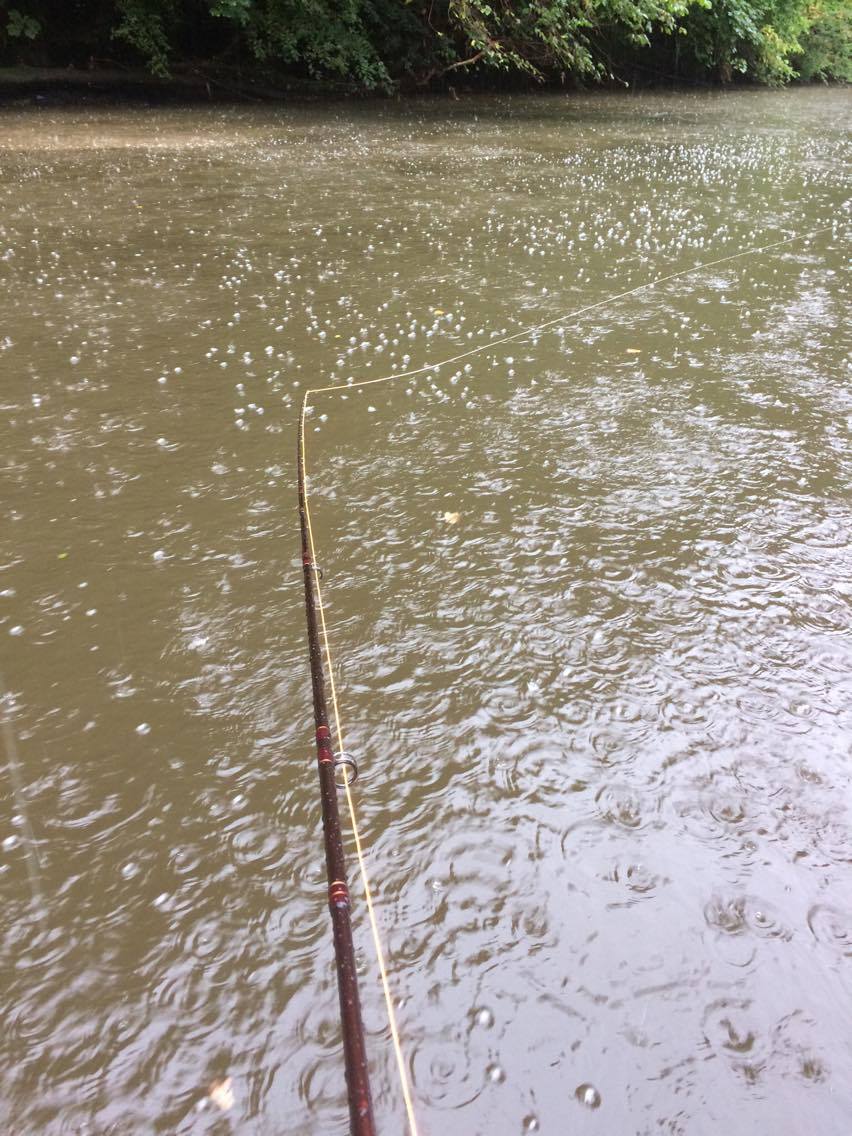
Len Francis fished the day ticket Weir Marsh and Brightly Beats on the River Taw to catch a fine brace of salmon estimated at 14lb and 10lb.
Day tickets can be obtained from the Rising Sun at Umberleigh. Click on image below for details.
I fished the Torridge on Sunday morning as heavy rain beat down (above) the river colored quickly as I fished and I failed to connect with any salmon. Following this rain the river came up over a metre and was very coloured with sediment. By the end of the week conditions should be near perfect and I expect several salmon to be caught.
Sea Angling Latest News
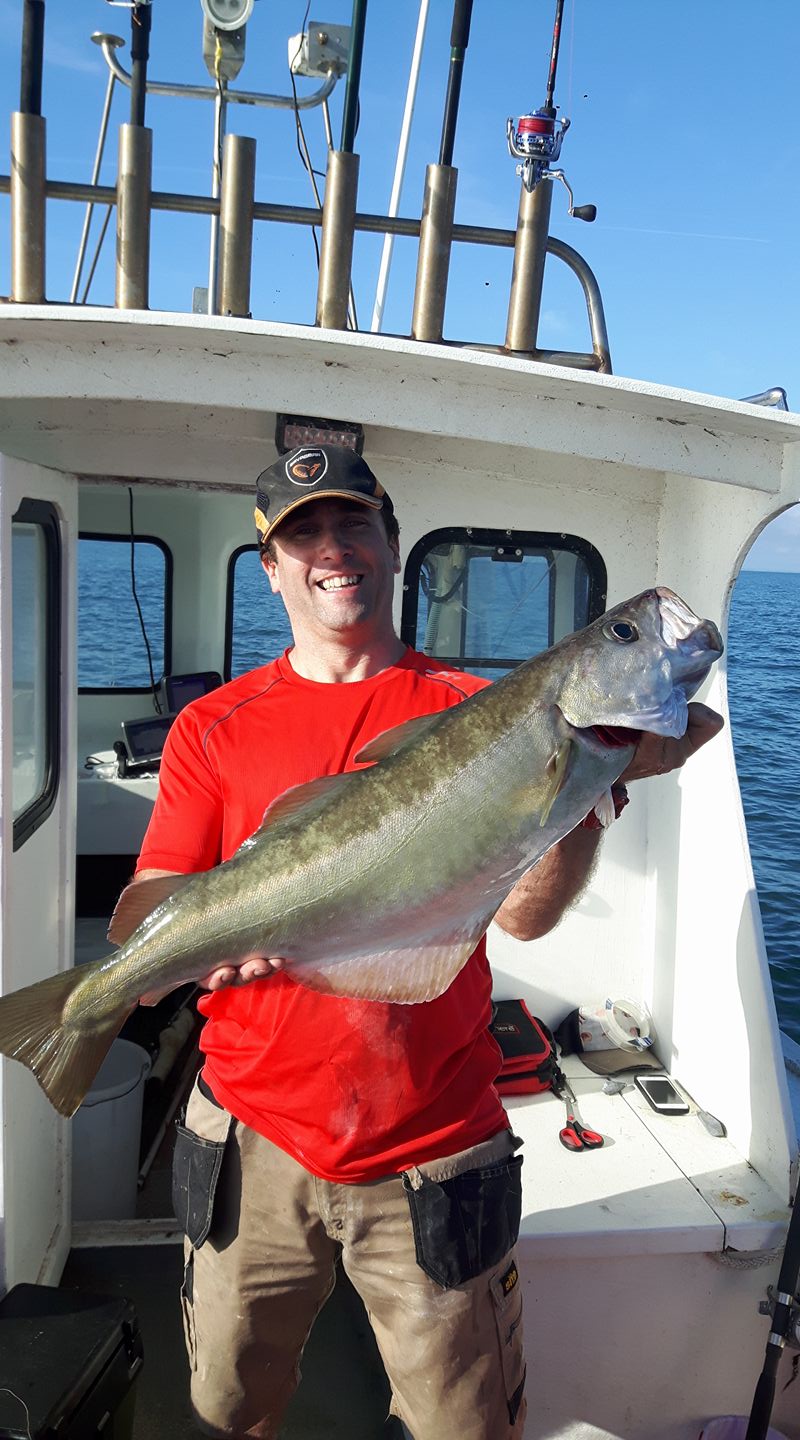
(Above)James Gubb-Fradgley took his own boat out Of Lynmouth to land this fine pollock of 12lb using a light spinning rod and Savage Gear Lure.
Dan Spearman secured Combe Martin SAC’s Fish of the month for August with a bass of 10lb 9oz. Graham Snow took second and third places with a thick-lipped grey mullet of 5lb 21/2oz and thin-lipped mullet of 4lb 51/2oz.
Graham Snow won Bideford Angling Clubs Monthly Rover with a thick lipped grey mullet scaling 4lb 2 1/8oz. In runner up spot was Dick Talbot with a thornback ray of 6lb 14oz and in third Graham Snow with a thick-lipped mullet of 2lb 143/8oz.
Double Figure Pollock
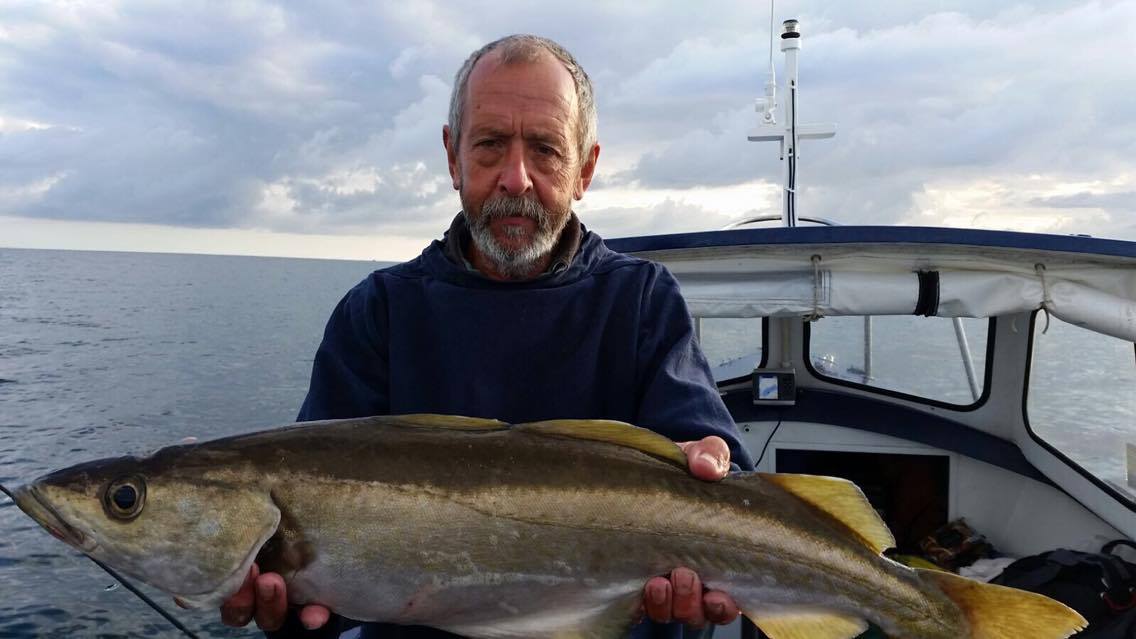
Keith Bullard landed this stunning double figure pollock from his own boat off the North Devon Coast. Pollock of this size are now quite rare from marks along the North Devon Coast with the grounds off North Cornwall generally more productive. Twenty years ago big pollock were a regular feature of catches off Ilfracombe, Combe Martin and Lynmouth.

